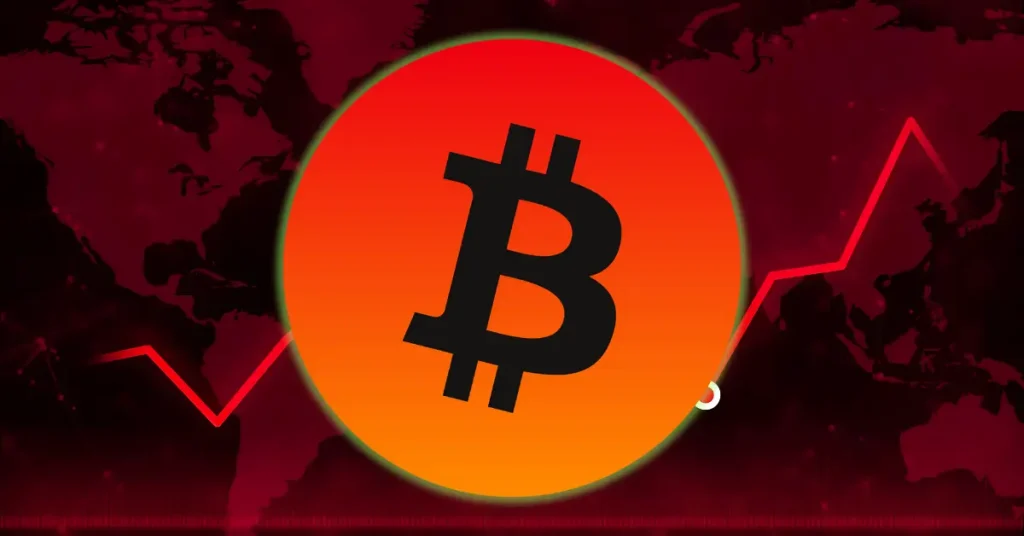
The post Pi Network Faces Growing Criticism as Delays, Price Dips, and Frustrations Mount appeared first on Coinpedia Fintech News
Pi Network is facing growing criticism from its community and developers. The coin that saw massive hype is now turning out to be a nightmare for investors and traders who rooted for the success of the project. The main issue lies in the long delays in approving “Know Your Business” (KYB) applications, which are required for projects to officially build on the Pi mainnet. This has left many developers feeling stuck, and some are now turning to other blockchains to keep things moving.
PiDaoSwap Shifts to Binance Chain
One of the latest examples is PiDaoSwap, a decentralized exchange that had been waiting over two weeks for KYB approval from the PiCoreTeam (PCT). Tired of waiting, the team decided to launch their NFT project on Binance Smart Chain (BSC) instead. They described the delay as “agonizing” and said they didn’t want to sit idle while waiting for approval.
PiDaoSwap clarified that they still want to build on the Pi Network, but until they get the green light from the PCT, they’re choosing to move forward on BSC as a temporary step. This decision also highlights a bigger concern as Binance continues to ignore Pi Network in its “Vote to List” campaigns, instead focusing on more active BSC projects.
Community Voices Speak Out
Moreover, the PiCoreTeam is catching serious heat from well-known figures in the community. Dr Altcoin, a prominent community member, didn’t hold back. He said PiDaoSwap’s experience isn’t unique; other centralized exchanges (CEXs) are also waiting on KYB approvals. According to him, these delays are preventing Pi Coin from being listed on major platforms like Bybit.
He also accused the PCT of not being transparent about important token mechanics like locking and burning, which could be further holding back listings and partnerships.
Pi Coin Price Dips, But Interest Remains
As a result of all this uncertainty, Pi Coin’s price has crashed another 20% in just 24 hours and slipped to $0.44, now out of the top 30 crypto rankings. Investor confidence has collapsed, with many fearing a further 60% drop to $0.10. Despite a few positive developments, the overall sentiment around Pi Coin has turned sharply bearish, and hopes for a recovery are fading fast.
Hopes of seeing the token reach $1 have taken a hit. Still, the community believes things could turn around if the PiCoreTeam can speed up approvals and land a big exchange listing. Interestingly, despite the backlash, the PCT is still moving ahead with its domain auction, reporting over 200,000 bids, a sign that enthusiasm for Pi is still alive, even if tensions are rising.





 Bitcoin’s value has jumped +11.2%, and this has once again coincided with key whales & sharks adding on to their already enormous bags. Wallets holding 10-10K
Bitcoin’s value has jumped +11.2%, and this has once again coincided with key whales & sharks adding on to their already enormous bags. Wallets holding 10-10K 
